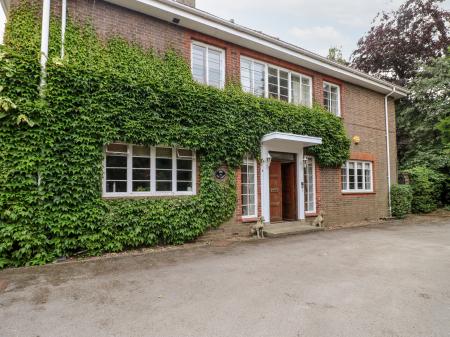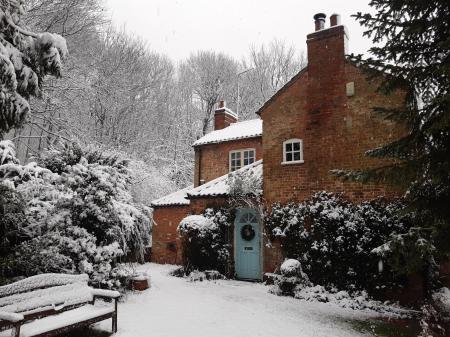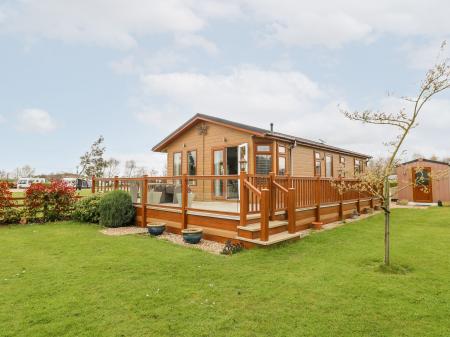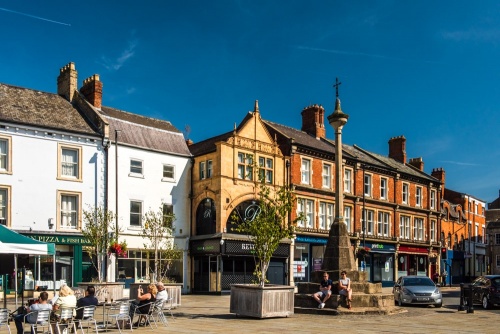
History
The name Grantham probably comes from Old English meaning Granta's homestead, so we can safely assume the settlement began as a farmstead created by a man named Granta. There is, however, a much less credible creation story; the Chronicles of Raphael Holinshed, written around 1577, say that Grantham was built by the mythical British king, Gorbonianus around 282 BC.
We are on safer ground with the Domesday Book of 1086, which recorded Grantham by its present name. The Domesday Book mentions that Queen Edith, wife of Edward the Confessor, had a hall at Grantham. The manor was later granted to Edmund, 1st Duke of York, in 1363, but it was not until 1463 that the town received an official charter of incorporation.
Sir Isaac Newton was a student at the Grammar School in Grantham and grew up at nearby Woolsthorpe Manor. A much more recent famous person associated with the town is Margaret Thatcher, who was born here in 1925.
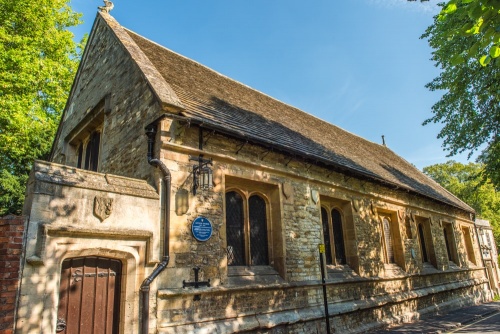
St Wulfram's Church
The parish church is dedicated to St Wulfram. It boasts the 6th tallest spire of any English church, reaching 86 metres in height. The first public library in England was launched at St Wulframs in 1598. The library was the brainchild of Francis Trigg, who gave 100 pounds to create a chained library for the clergy and 'literate laity' of Grantham. Two hundred and fifty of the original 16th-century books still remain and are housed in a parvise chamber over the south porch.
The church was begun sometime before 1180, on the site of a much earlier Saxon church. The Norman church burned down in 1222 and was rebuilt and extended directly over the medieval market place. Look for medieval mason's marks on the nave piers and belfry stairs. There are two 14th century tombs against the south wall.
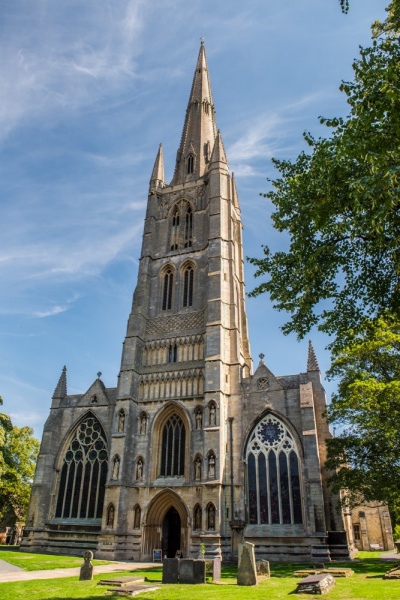
The Angel & Royal Hotel in Grantham was originally established as a hostel by the Knights Templar; what would they have made of the 18th-century landlord of the Angel who bequeathed money to pay for an annual service preaching against drunkenness? In the hotel courtyard is an old set of stocks, where wrongdoers were put on public display.
Grantham House
The finest historic building in Grantham apart from the church is Grantham House, built in 1380 and subsequently remodelled during the reign of Elizabeth I to create a beautiful example of a Tudor townhouse. The house is owned by the National Trust and there are regular guided tours of the historic interiors.
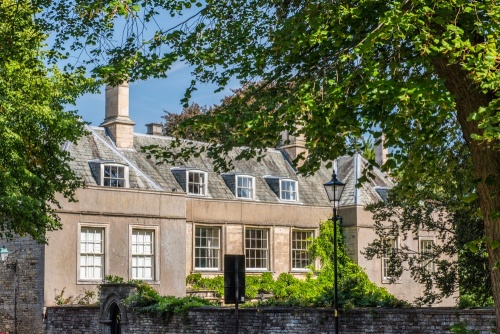
The Conduit
One of Grantham's most remarkable historic buildings is The Conduit, on the west side of the market place. This rectangular building is decorated with a crenellated top and 8 ornate pinnacles, making it look a bit like a medieval castle tower, but it has a much more mundane purpose; it was Grantham's first public water supply.
The Conduit was built by the Franciscan friars of Grantham (the Greyfriars) to bring fresh water from a spring at Gonerby to their friary in Grantham, using a system of lead pipes leading to their friary, which stood west of the market place.
After the friary was suppressed by Henry VIII the Corporation of Grantham built the present conduit to make use of the monastic water supply, and to maintain the water supply a Keeper of the Conduit was appointed. A drinking fountain was added to the Elizabethan structure in 1860.
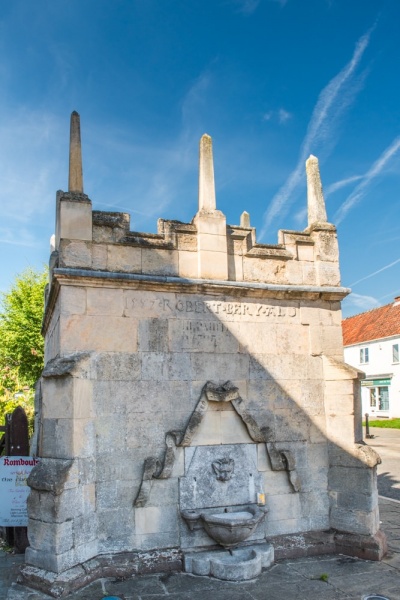
The King's School
On the north side of St Wulfram's churchyard stands a simple rectangular building that served as the original home of The King's School. The school began in 1329, but the building we see today was built around 1497. The medieval school was re-endowed by Richard Foxe, Bishop of Winchester, in 1528. Foxe was born at Ropsley, about 5 miles east of Grantham.
One school student was William Cecil, the first Lord Burghley, who went on to become Elizabeth I's chief minister. The school's most famous pupil was Isaac Newton, who attended classes between 1655 and 1660. Newton carved his signature on the wall of the school's side hall (though we don't know for certain that the signature is authentic). Another pupil was Newton's friend the astronomer Arthur Storer (1645-1687).
Just outside the churchyard are Hurst's Almshouses, a row of eight 17th-century buildings. The almshouses were the gift of Thomas Hurst, a native of Barrowby and the rector of Leadenham and Barrowby.
Hurst served as a chaplain to King Charles I and was deprived of his livings for his Royalist connections after Parliament's victory in the Civil War. He was declared a freeman of the borough for his aid to the people of Grantham during an outbreak of the plague in 1637, and left money in his will for almshouses in Grantham and his native Barrowby.
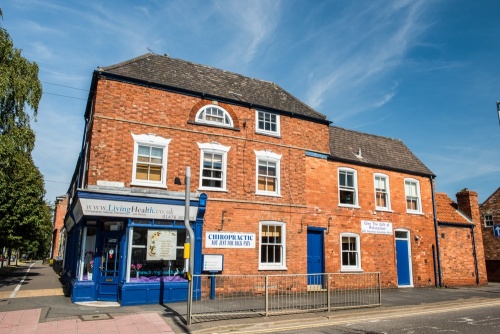
Margaret Thatcher's Birthplace
Grantham is also known as the birthplace and childhood home of Margaret Thatcher, the UK's first female Prime Minister. Thatcher was born in the flat above her father's shop at the south-eastern corner of North Parade (the B1174) at its junction with the A607. The birthplace is not signposted, but there is a plaque on the first floor exterior of the building. It is almost directly opposite the Roman Catholic Church of St Mary the Immaculate and about a 5-minute walk from the market place.
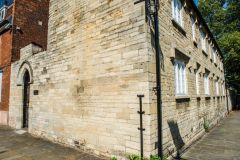
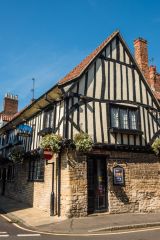
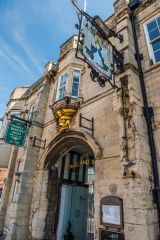
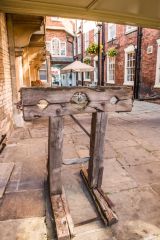
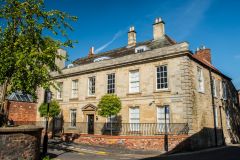
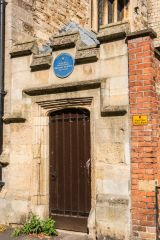
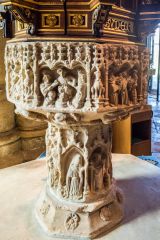
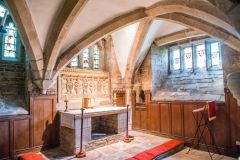
 We've 'tagged' this attraction information to help you find related historic attractions and learn more about major time periods mentioned.
We've 'tagged' this attraction information to help you find related historic attractions and learn more about major time periods mentioned.